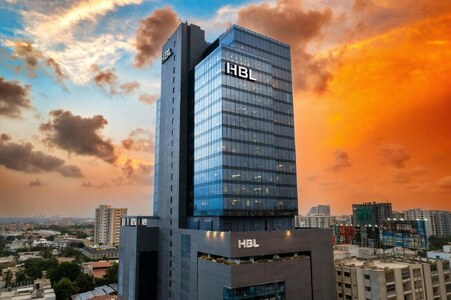HBL Pakistan Manufacturing PMI Declines Slightly in August
The HBL Pakistan Manufacturing PMI decreased to 50.1 in August, a slight drop from 50.5 in July. According to S&P Global, this is the lowest figure recorded since the series’ commencement. The PMI serves as an early indicator of industrial activity, with the recent data suggesting largely stagnant operating conditions for the month.
Key Observations
- New orders have fallen for the fourth successive month. Companies have linked this slowdown to both inflationary pressures and power outages.
- Export orders also contributed to the decline, contracting at the most accelerated pace observed in the series.
- Weaker global demand and the impact of US tariffs were cited as reasons for the drop in export orders.
- Factory output saw its most rapid increase in three months; however, this was mainly attributed to the completion of pre-existing orders.
- A decrease in staffing levels for the third consecutive month, the most significant reduction in a year, indicates that the downturn in demand is impacting the labor market.
- Businesses also connected workforce reductions to measures aimed at controlling expenses.
- For the first time in three months, raw material inventories have diminished, which mirrors reduced input purchasing amidst weakening demand.
- Delivery times have continued to extend, influenced by increased transportation expenses and disruptions caused by flooding.
Expert Commentary
Humaira Qamar, Head of Equities & Research at HBL, commented on the PMI report: “Despite a challenging operational landscape, business sentiment remained somewhat optimistic, although less so than in July. This optimism stemmed from expectations of business growth, the introduction of new products, and hopes for respite from mounting cost pressures.”
She added, “Given that the survey took place predominantly before the recent severe flooding in the country’s northern regions, we anticipate renewed strain on businesses due to logistical interruptions and elevated expenses. Considering the increasing risks of inflation, it is probable that the State Bank of Pakistan will choose to keep the Policy Rate at 11.0 percent during the Monetary Policy Committee meeting in September.”



Comments (0)
No comments yet. Be the first to comment!
Leave a Comment